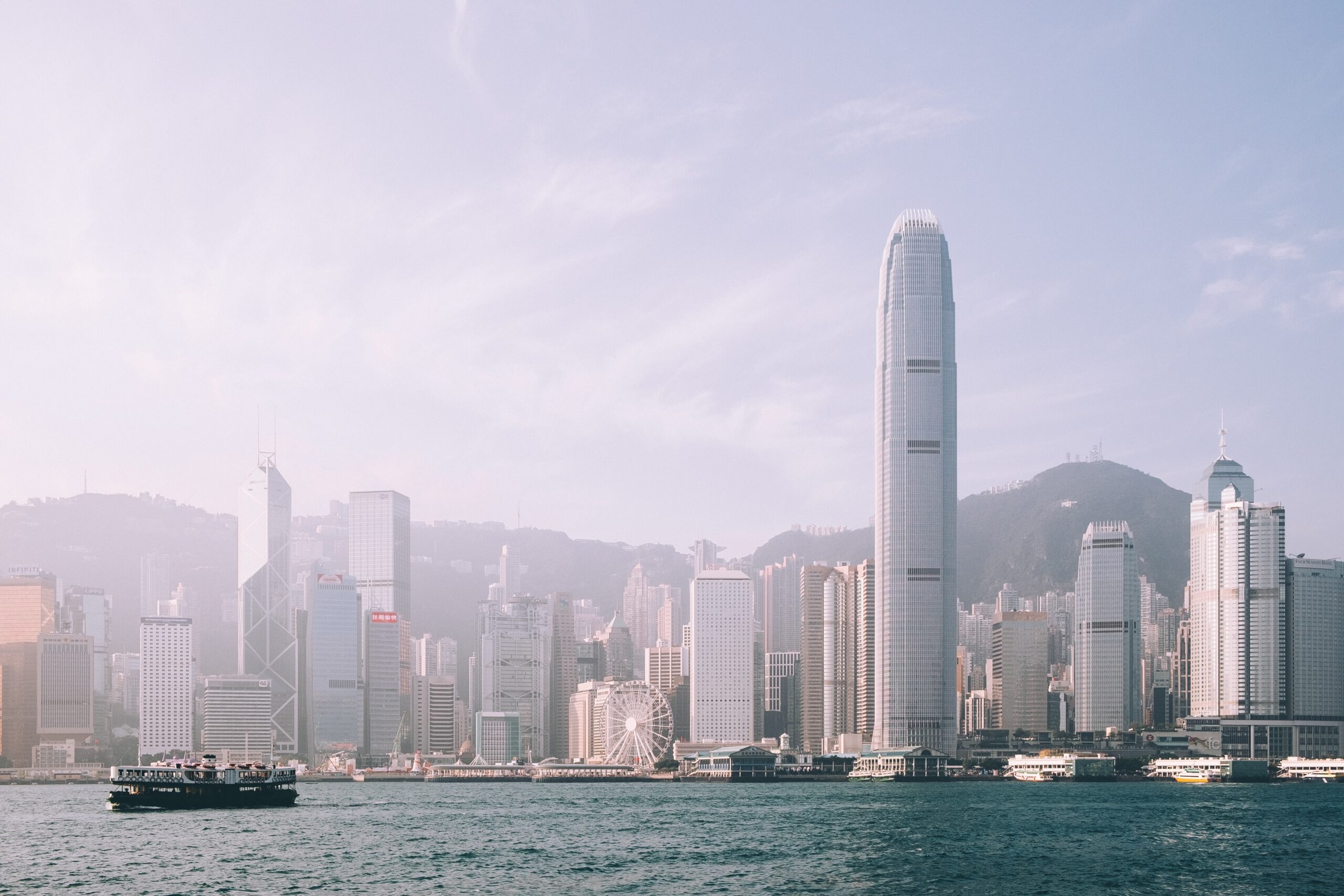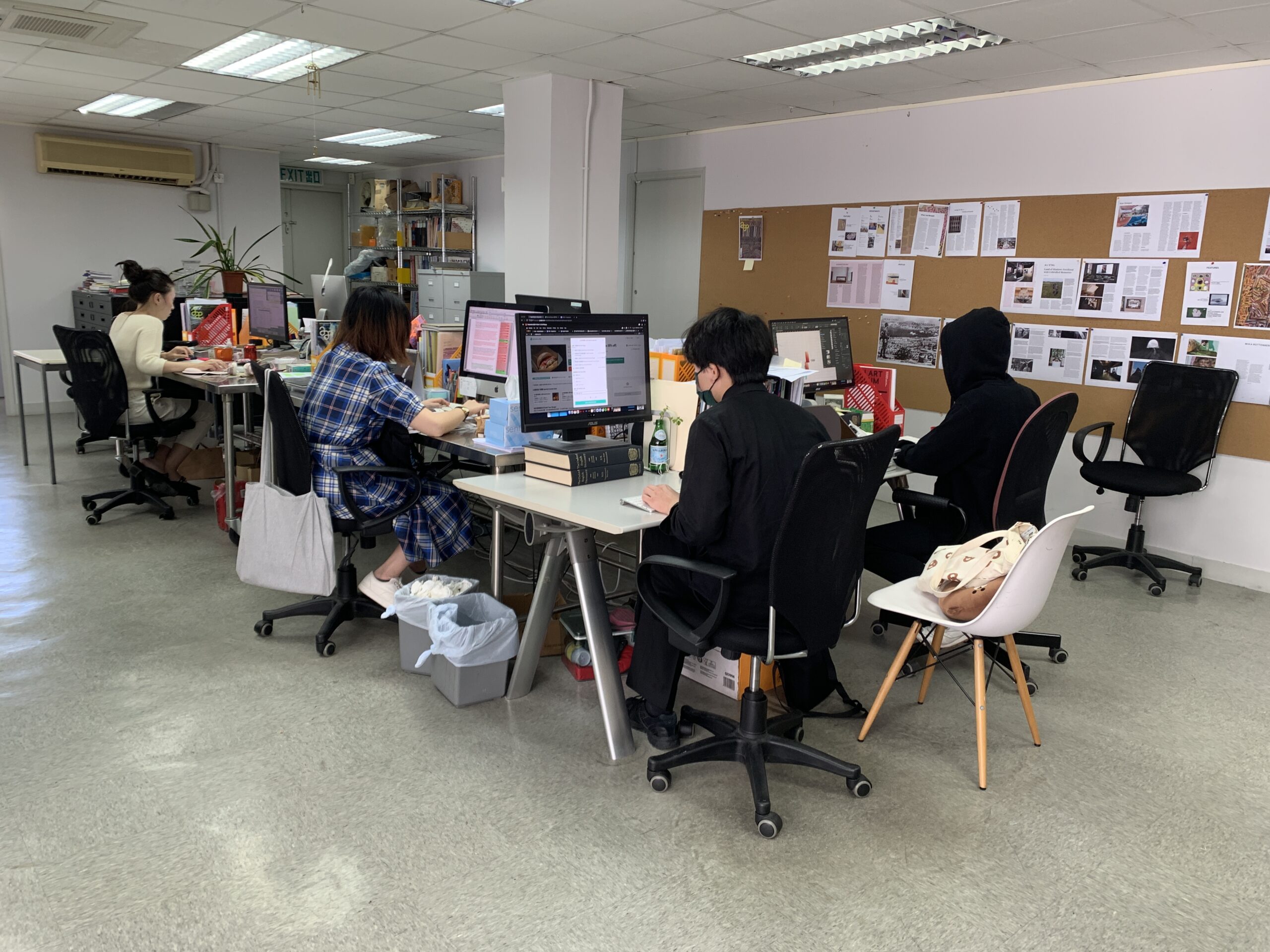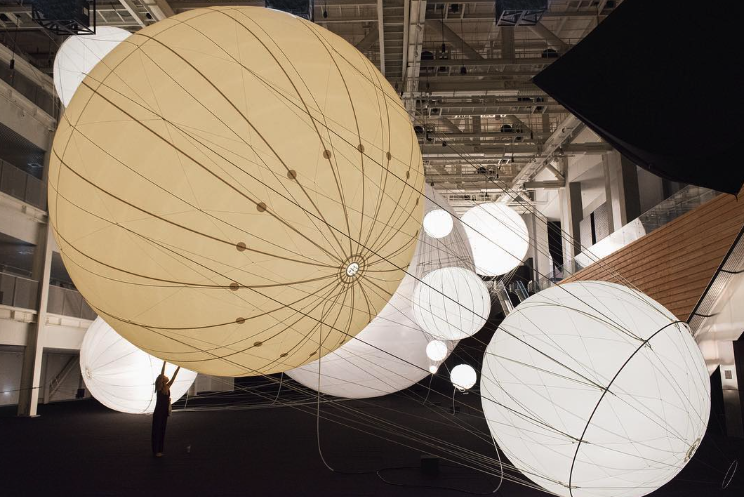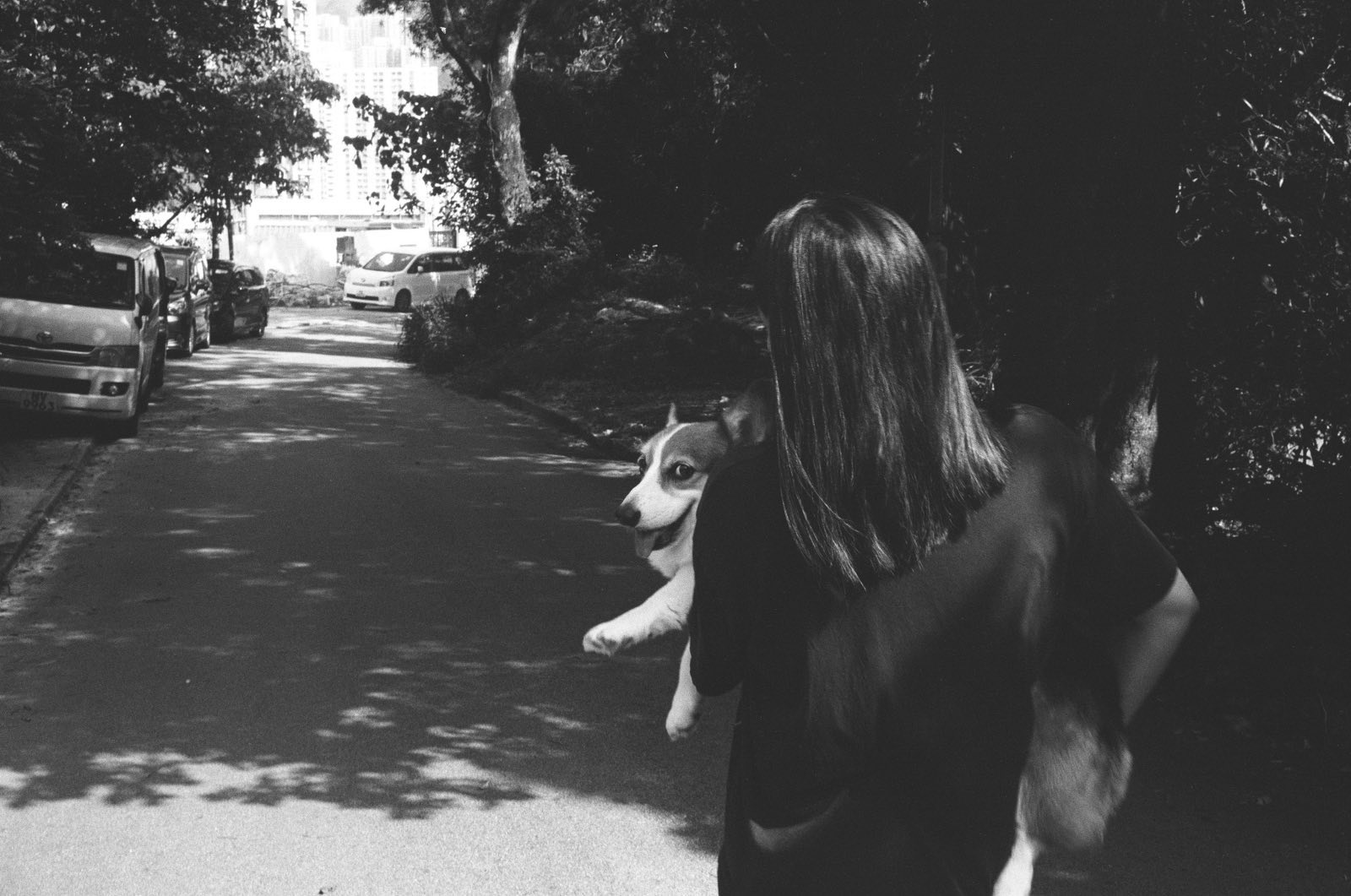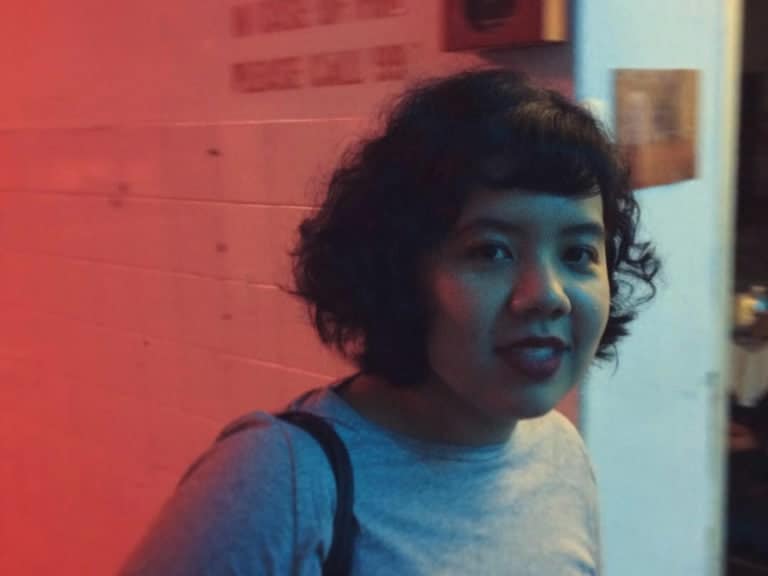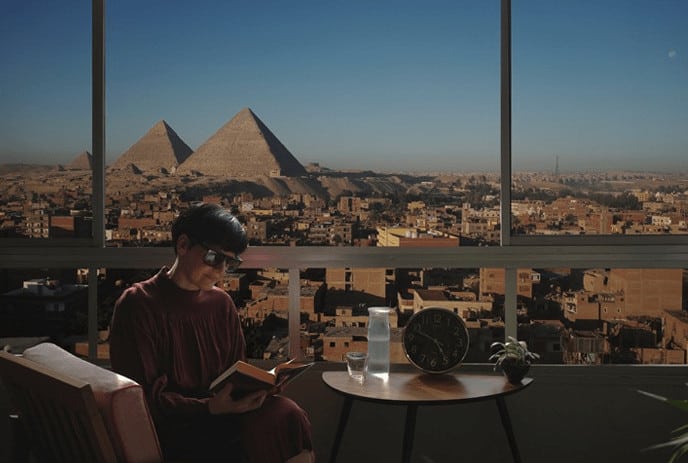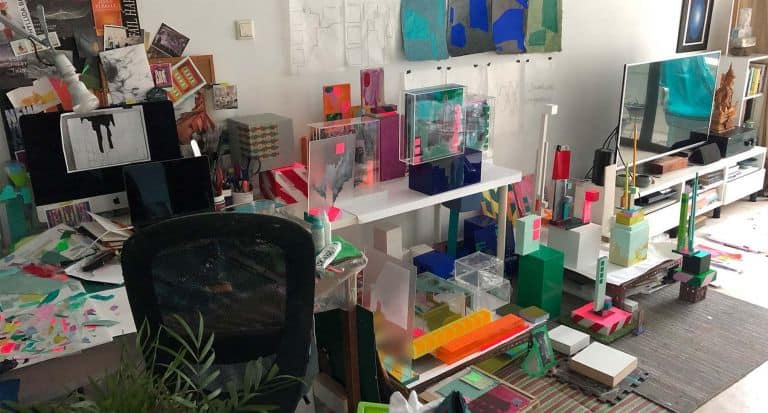We have read over and over again about the routines of our favourite artists, what time they wake up, and how much time they spend thinking about their art compared to creating works. We have seen pictures of hidden corners in their studios and learnt about their favourite brand of oil paints and their go-to factories to realise installations.
The same goes for curators. We might know the books and theories they reference, and we have become familiar with what drives art collectors. But what is definitely less explored are the joys and sorrows of being an arts writer.
That’s why here at Plural we decided to start a series where we speak with some of the most eloquent arts and culture editors from the region to explore the behind-the-scenes of being a writer.
We kick off the series with Chloe Chu, former Managing Editor at one of the most respected publications in the region and beyond: ArtAsiaPacific (AAP).
What does your typical day look like? Do you have routines?
Once, upon meeting me IRL for the first time, a writer admitted that she had assumed I hung out at the beach all day and did my work on my laptop. I wish!
As an editor, every Monday to Friday (and often beyond that) from 10am to 6pm, I can be found at a desk in a near-silent office, in an industrial area in Hong Kong.
Before you run off, there are perks to the job. There is a lot of freedom to pursue my interests. My routine reflects this. While there is some regularity to my schedule (our print magazine is published once every two months, and we have a well-established system for our daily web articles), I am also constantly experimenting with my routine so that I can produce better work as a writer and editor.
Generally, I spend my commute reading a range of books and articles — these are often not art-related, which I think is important. Then, once at the office, the bulk of my time is spent editing drafts for the magazine — that is, poking as many holes as I can through a text, making sure it is well-considered, and that it is clear, engaging, and technically sound. All of this requires close reading, including that of the article and other sources.
How much time I spend on a piece depends on the writing and the complexity of the topic. Things get tricky when I have articles to write myself. I often prioritise editing other people’s drafts as a means of procrastination. Sometimes, I have to force myself to start researching and writing in the morning. Once I do start a text though, I tend to get obsessive about it and like to finish everything in one day—when I’m writing a 3,000-word text, this isn’t possible, so I have also been learning to pace myself.
What is the story of how you joined AAP?
It came down to a tarot reading. Before AAP I was working as a curator at a non-profit gallery. I was extremely burnt out and unhappy, and was considering a complete career change; I wanted to go into medicine.
My aunt offered to conduct a tarot reading for me. I don’t believe in divining the future, but the cards did help me see the situation from perspectives that I hadn’t considered before. Basically, I was encouraged to review my past experiences and strengths. I had never thought of myself as a writer but my previous jobs definitely involved a lot of writing.
By chance, AAP posted a job opening and I applied, thinking I had nothing to lose. I was asked to review a show as a writing test and I had a lot of fun with it—that’s when it all started to make sense. When I look back now, it seems obvious that I would make a rubbish doctor, whereas I have always had my nose stuck in a book and have always enjoyed creating and looking at images.
What does your job entail and what’s your favourite part?
More than anything, I think it entails paying attention — to what is going on in the world, to visual culture, to your own perspective. My favourite part is trying to articulate the relationship between these things through text, and I have a lot of fun seeing others do the same.
What relationship do you have with your writers and fellow editors at the magazine?
The writer-editor relationship is intrinsically collaborative, but if I am working on a piece as an editor, my end goal is to help the writer express their ideas—I might not share the same opinion but that’s beside the point. My relationship with my fellow editors is also collaborative. My goal as a managing editor is to make space for my colleagues to pursue their interests so that everyone has a hand in shaping our platforms.
Are AAP writers mostly in-house or freelancers?
The bulk of the writing in the print magazine is by freelance contributors, but with our web-exclusive content, it’s the opposite.
Do you prefer commissioning stories or for writers to pitch ideas?
Both are important and can be equally satisfying. I’m grateful whenever someone decides to share their ideas and it is not something that had ever occurred to us. On the other hand, if I know a writer and their interests, it can be fun pointing them in a certain direction and seeing what they come back with.
How do you judge a great piece of writing for AAP?
Clarity, insight, and flair. As a writer, I know it’s hard to get all three consistently, but that’s part of the fun.
What are your go-to media for the latest about the art system?
The usual suspects: The Art Newspaper, Artnet News, and Hyperallergic. The social media channels of artists, museums, galleries, etc, are also helpful.
To wrap up, what are the things you are most grateful for in your life today, beyond work?
I am most grateful for my dog, who is a reminder that there is a world out there beyond work.
Feature Image: Dan Freeman on Unsplash
